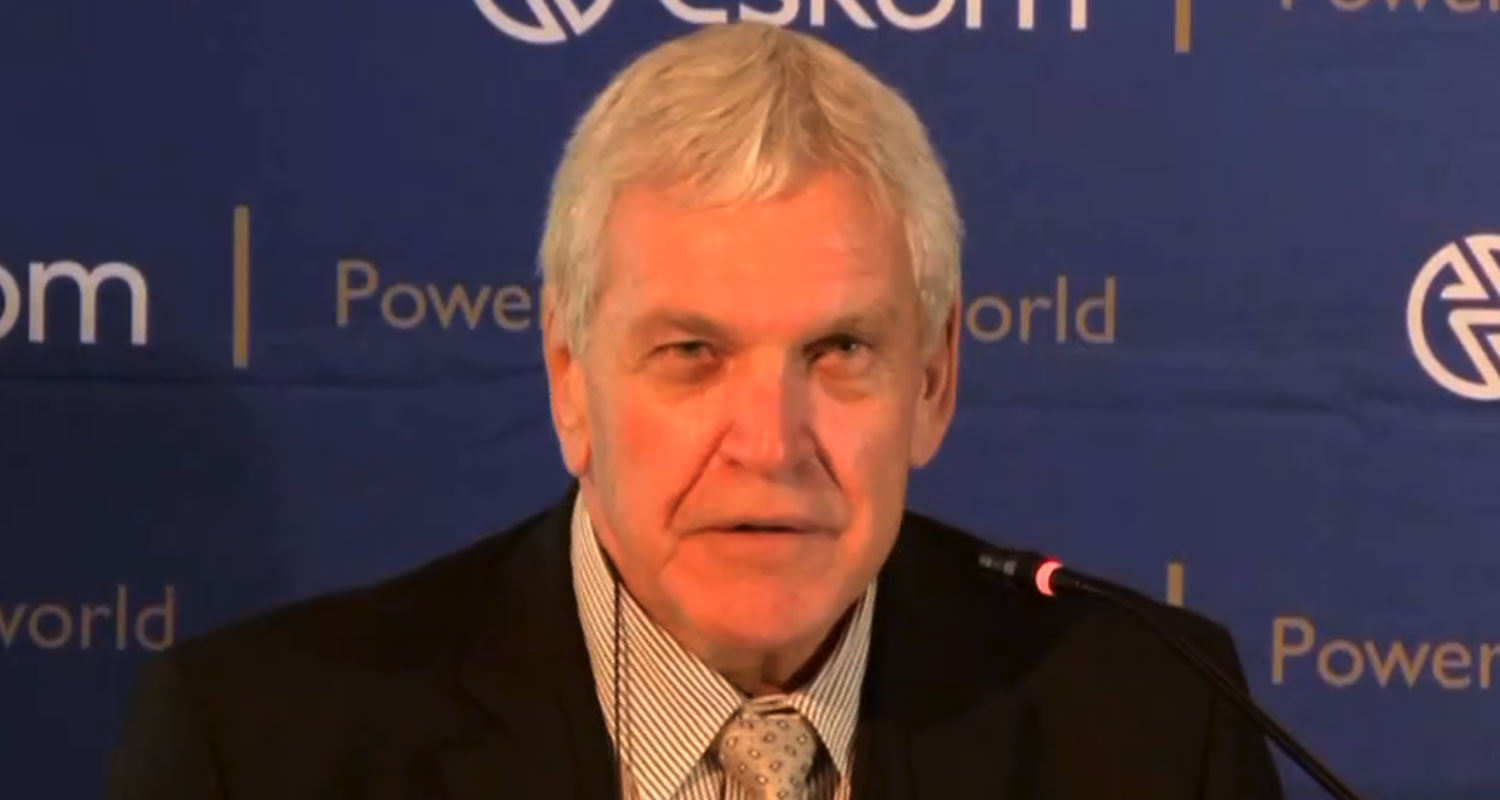
Jan Oberholzer, the former chief operating officer of Eskom, has shifted focus from fixing coal-fired power plants to developing clean energy in a new role at South African renewables producer Mulilo Energy Holdings.
Oberholzer has been appointed as a non-executive director and chairman of Mulilo’s board, according to the company, which is majority owned by Copenhagen Infrastructure Partners. The green power producer has been awarded contracts to develop 910MW of generating capacity, and has set a target of building and operating at least 5GW of wind, solar and battery projects by 2028.
Oberholzer spent the last five years trying to improve the state-owned utility’s deteriorating performance. He said he now hopes to help South Africa add the generation capacity that it needs to help stabilise its electricity supply through his position at Mulilo.
Oberholzer retired as Eskom COO in April but stayed on in a consulting role. He said that contract was cut short by mutual agreement when he thought he could play a more effective role outside the utility.
André de Ruyter left as Eskom’s CEO earlier this year following a television interview in which he alleged officials of the ANC were linked to widespread corruption at the company. He’s since been named a senior fellow at Yale University’s Jackson School of Global Affairs, where he will lecture on energy transitions. A permanent replacement is yet to named.
A push towards clean energy at Eskom is “the right thing to do” given “where the world is currently”, Oberholzer said in a phone interview. But he said he still supports extending the lives of coal-fired plants given the current situation and that the cost and environmental implications need to be taken into account.
Read: Oberholzer quits Eskom, soon after signing new contract
Given Eskom’s grid will also have to expand dramatically to accommodate more generation capacity, the utility may have to change how it does business, Oberholzer said. “Maybe it’s time to allow the private participation in that environment because of the magnitude of the work that needs to happen.” — (c) 2023 Bloomberg LP




